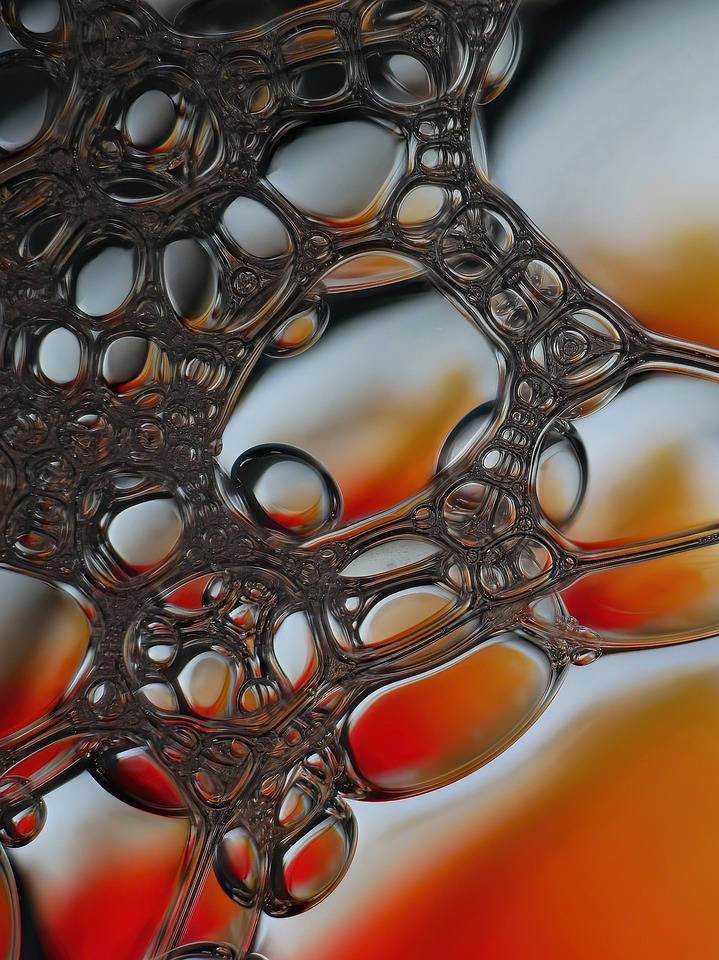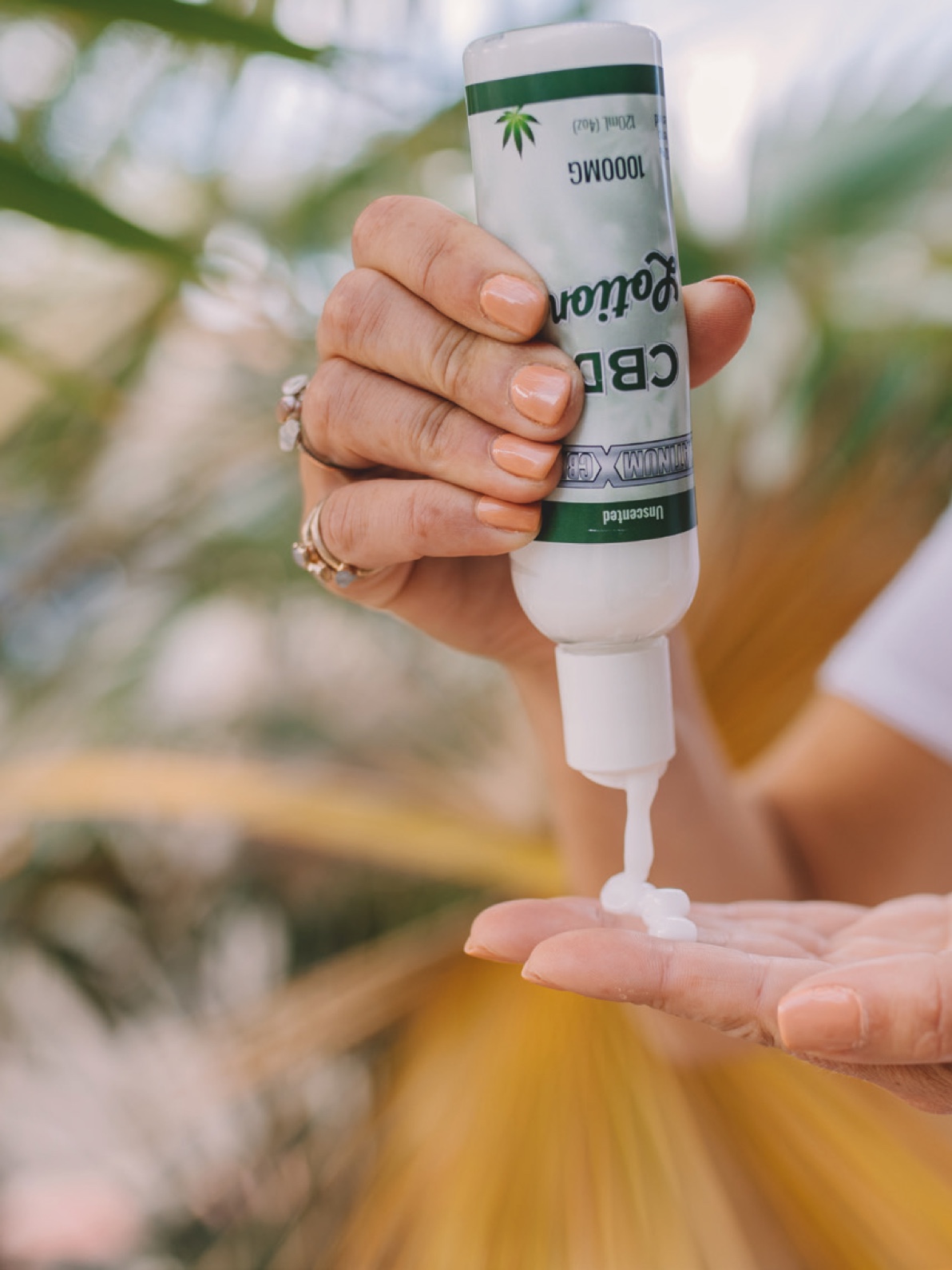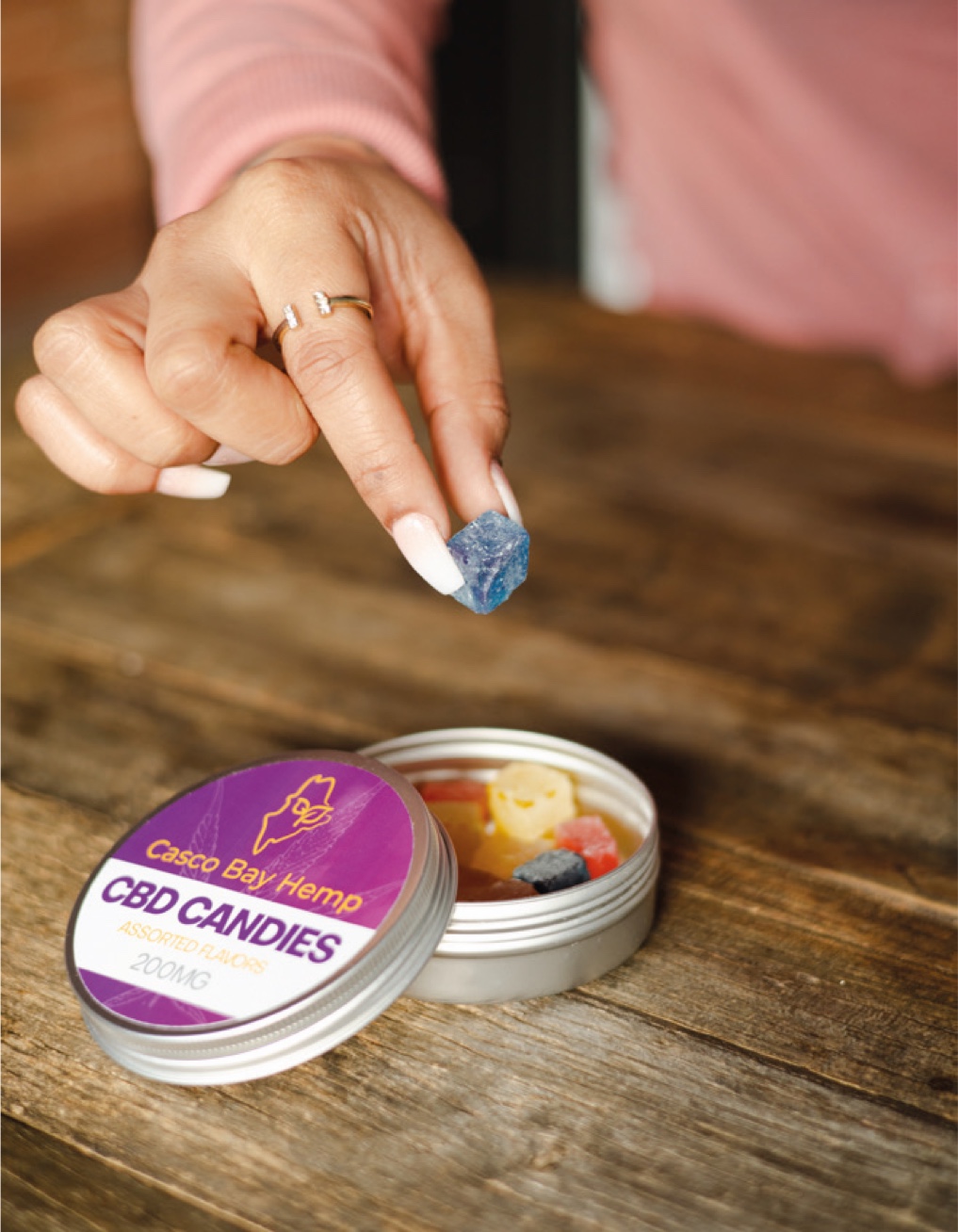COLUMN: SURFACTANTS INSIGHTS
Will LAS be replaced?
KEYWORDS —
Abstract
Studies of major depressive disorder have been correlated with reduced Lactobacillus and Bifidobacteria and symptom severity has been correlated to changes in Firmicutes, Actinobacteria, and Bacteriodes. Gut microbiota that contain more butyrate producers have been correlated with improved quality of life (1).
A study in healthy women providing probiotic yogurt for four weeks showed an improvement in emotional responses as measured by brain scans (2). A subsequent study by Mohammadi et al. (3) investigated the impacts of probiotic yogurt and probiotic capsules over 6 weeks and found a significant improvement in depression-anxiety-stress scores in subjects taking the specific strains of probiotics contained in the yogurt or capsules. Other studies with probiotics have indicated improvements in depression scores, anxiety, postpartum depression and mood rating in an elderly population (4-7).
Other studies have indicated a benefit of probiotic supplementation in alleviating symptoms of stress. In particular, researchers have looked at stress in students as they prepared for exams, while also evaluating other health indicators such as flu and cold symptoms (1). In healthy people, there is an indication that probiotic supplementation may help to maintain memory function under conditions of acute stress.
“
“A study in healthy women providing probiotic yogurt for four weeks showed an improvement in emotional responses as measured by brain scans”
Biotic ingredients with a proven skin anti-ageing effect
Yes.
OK that was easy, so what else should we write about?
Are you surprised at such a flip answer to a critically important question? Linear Alkylbenzene Sulfonate is, after all, the largest volume single surfactant in use in the world today and has been for as long as I remember (which is a few decades in this context). Let’s ask the same question in a different way.
Will LAS be used as a surfactant forever?
Ah - now you can most likely understand the ease with which I answered the original question. Nothing lasts forever and so why should LAS be any different? Same with alcohol ethoxylates, alkyl sulfates, alkyl ether sulfates and so on. Even APG’s! These products and their underlying technologies, all invented and commercialized in the 20th Century, while valuable, important and globally deployed, surely cannot be expected to last through to the 30th, 40th or 50th Centuries, can they?
If you are still reading you’re probably thinking this is a sophists argument. Your professional timeline doesn't extend to the 30th Century. Maybe to the end of your 30 year mortgage but that’s about it. Then if you think more deeply – you might consider the case of the humble bar of soap, which has been around now for 20 or 30 centuries and, despite some major incursions, again all in the 20th Century, from the likes of laundry detergent and shower gel, is still a hugely popular, now mainly personal care, cleaning product of choice for many consumers, including your columnist, who is a loyal Irish Spring man. Who is to say that LAS is not another bar soap and is destined to last easily into the 50th Century with only minor changes in terms of color, fragrance and packaging?

It's an interesting question. My take is that there are a few things that one could have locked in a very sturdy box, or under a pyramid a few thousand years ago and happily find utility for them, other than as museum exhibits, today. A wheel, a knife, gold and, yes, a bar of soap spring to mind. Asked today to put something aside for the eager citizens of the 50th Century to unwrap, I wouldn't hesitate over the wheel and the knife and would feel OK about the gold and the soap if I couldn’t think of anything else. LAS..? Hmm.. see what I’m saying? What is the basis for this intuitive understanding that we are developing on this subject? For me it’s the sense that today, technology time is not linear, when compared to time up until probably the 18th Century and the start of the industrial revolution. Consider the case of the fax machine. For much of human history, the technology that allowed messages to be faithfully transmitted between people separated by continents, involved the imprinting of characters onto a substrate, which, for the last 20 centuries, was some type of paper, and the physical transport of that substrate to the recipient. Then in 1964, coincidentally around the same time that LAS entered commercial use, along came the fax. It was cheap, easy, convenient and instantaneous and reduced, certainly, but did not eliminate, communication by mail. Every executive sent and received multiple faxes every working day. The big guys had faxes at their homes and summer homes and ski-lodges. When was the last time you sent a fax? In the multi-century history of human communication, the fax is a footnote, maybe a sentence at best. Meanwhile the Post Office still brings paper with printed characters on it to my home and office, and yours, every day.
So, to frame another question in a hopefully, thought provoking way: Is LAS to soap as the fax machine was to the letter? OK – let’s say it is. If one were to take the analogy literally (which, by the way, you should never do in any context), then LAS should have disappeared by now as the fax machine essentially has. The thing to bear in mind is that technology does not develop automatically. It takes people and companies or governments to invest time and money and to do things. Look at space travel, for example. We got to the moon and then lost interest for 50 years. Back in 1969 I was sure that humans and perhaps even I, would be living and working on Mars by the 2020’s. Maybe now the 2070’s is a more realistic timeframe, given the current activity and investment by Space-X and others.
In our surfactant world, innovation has been steady but by no means revolutionary. I am encouraged, however by the recent activities in biosurfactants and other biobased products. The first big wave of such innovation in the early 2000’s yielded little of commercial significance but plenty of cool technology. I’m talking about companies like Solazyme, LS-9, Amyris and others. The current wave of activity involves old names and new, such as Stepan, Evonik, Holiferm, Ruby Bio and many others – and these are just the biosurfactant ventures. Other biobased initiatives involving carbon capture and even novel amphiphile formats are attracting financial interest. The jury is still out but my sense is that, even now, the commercial significance of the current wave has surpassed that of the first.
Back now, to the original matter. What of LAS? It has already beaten the fax machine, whose commercially meaningful lifespan, I’m going to peg at 50 years. Can LAS do 2 fax machines - 100 years? Maybe, with the life extender that is bio-mass-balance. What about 3. Frankly that’s getting harder for me to imagine. But the answer to this question is in the hands of the developers of alternatives. Feel free to comment (by email: neil@neilaburns.com, not fax) and we’ll print the best answers in the next column.
Biotic ingredients with a proven skin anti-ageing effect
Studies of major depressive disorder have been correlated with reduced Lactobacillus and Bifidobacteria and symptom severity has been correlated to changes in Firmicutes, Actinobacteria, and Bacteriodes. Gut microbiota that contain more butyrate producers have been correlated with improved quality of life (1).
A study in healthy women providing probiotic yogurt for four weeks showed an improvement in emotional responses as measured by brain scans (2). A subsequent study by Mohammadi et al. (3) investigated the impacts of probiotic yogurt and probiotic capsules over 6 weeks and found a significant improvement in depression-anxiety-stress scores in subjects taking the specific strains of probiotics contained in the yogurt or capsules. Other studies with probiotics have indicated improvements in depression scores, anxiety, postpartum depression and mood rating in an elderly population (4-7).
Other studies have indicated a benefit of probiotic supplementation in alleviating symptoms of stress. In particular, researchers have looked at stress in students as they prepared for exams, while also evaluating other health indicators such as flu and cold symptoms (1). In healthy people, there is an indication that probiotic supplementation may help to maintain memory function under conditions of acute stress.


Studies of major depressive disorder have been correlated with reduced Lactobacillus and Bifidobacteria and symptom severity has been correlated to changes in Firmicutes, Actinobacteria, and Bacteriodes. Gut microbiota that contain more butyrate producers have been correlated with improved quality of life (1).
A study in healthy women providing probiotic yogurt for four weeks showed an improvement in emotional responses as measured by brain scans (2). A subsequent study by Mohammadi et al. (3) investigated the impacts of probiotic yogurt and probiotic capsules over 6 weeks and found a significant improvement in depression-anxiety-stress scores in subjects taking the specific strains of probiotics contained in the yogurt or capsules. Other studies with probiotics have indicated improvements in depression scores, anxiety, postpartum depression and mood rating in an elderly population (4-7).
Other studies have indicated a benefit of probiotic supplementation in alleviating symptoms of stress. In particular, researchers have looked at stress in students as they prepared for exams, while also evaluating other health indicators such as flu and cold symptoms (1). In healthy people, there is an indication that probiotic supplementation may help to maintain memory function under conditions of acute stress.
References and notes
- Arenas-Jal M, Suñé-Negre JM, Pérez-Lozano P, García-Montoya E. Trends in the food and sports nutrition industry: A review. Critical Reviews in Food Science and Nutrition. 2020;60(14):2405-21.
- Angus A. Top 10 Global Consumer Trends for 2018: Emerging Forces Shaping Consumer Behaviour: Euromonitor International; 2018 (Available from: https://tourismaccommodation.com.au/wp-content/uploads/2018/03/Top10-Global-consumer-trends-for2018.pdf.
- Labrecque LavdE, Jonas and Mathwick, Charla and Novak, Thomas and Hofacker, Charles. Consumer Power: Evolution in the Digital Age. Journal of Interactive Marketing 2013;27.
- Dunford M. Fundamentals of Sport and Exercise Nutrition 2010.
- Galaz GA. Chapter 20 - An Overview on the History of Sports Nutrition Beverages. In: Bagchi D, Nair S, Sen CK, editors. Nutrition and Enhanced Sports Performance. San Diego: Academic Press; 2013. p. 205-10.
- Bird SP. Creatine supplementation and exercise performance: a brief review. J Sports Sci Med. 2003;2(4):123-32.
- Schofield L. Vitamin Retailer The Dietary Supplement Industry Leading Magazine 2022 (Available from: https://vitaminretailer.com/activating-your-fitness-nutrition-department/.
- Newman JI, Xue H, Watanabe NM, Yan G, McLeod CM. Gaming Gone Viral: An Analysis of the Emerging Esports Narrative Economy. Communication & Sport. 2020:2167479520961036.
- Tartar JL, Kalman D, Hewlings S. A Prospective Study Evaluating the Effects of a Nutritional Supplement Intervention on Cognition, Mood States, and Mental Performance in Video Gamers. Nutrients. 2019;11(10).

